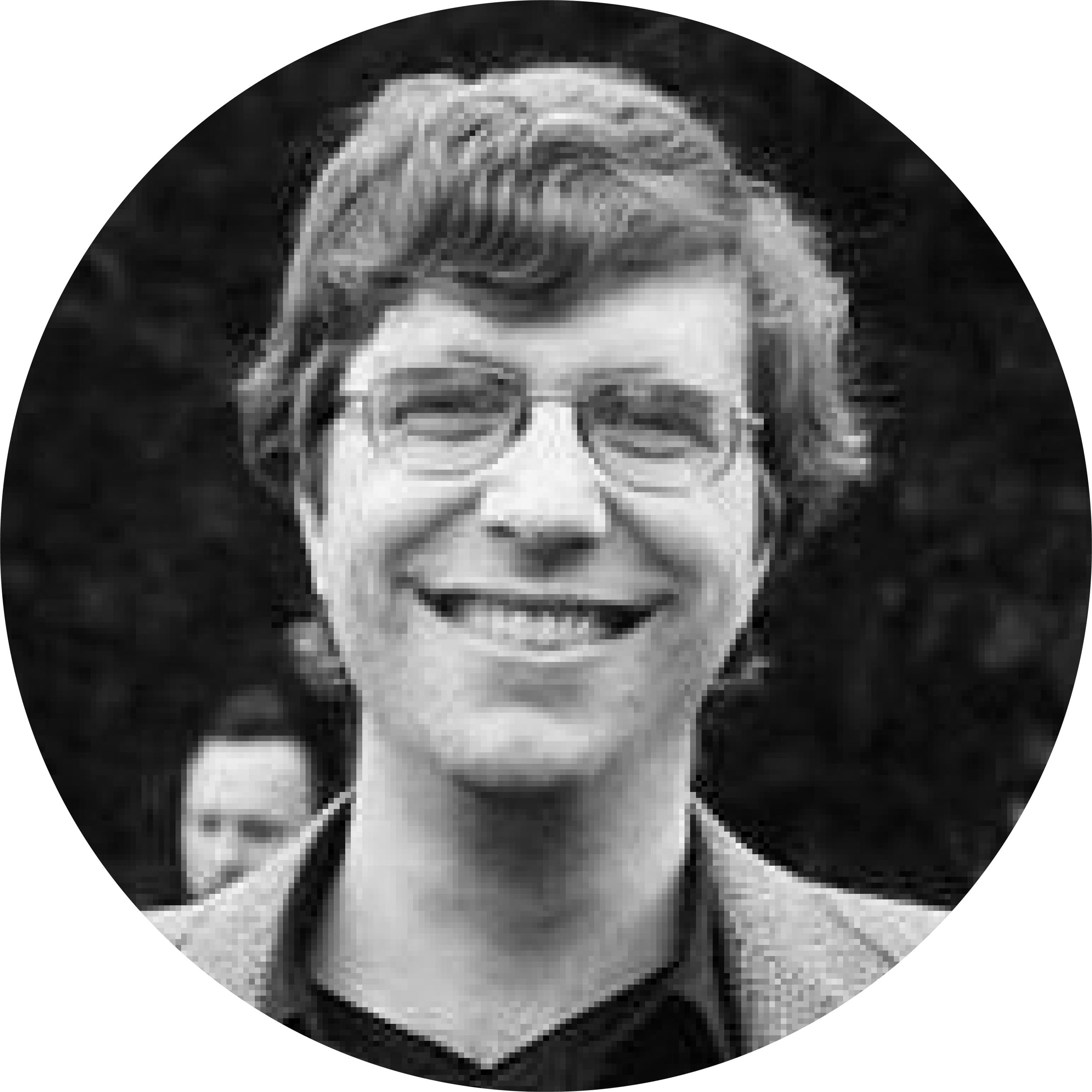Transcendence, 1990
Words by Matthew Talamini
One-Way Mirror
When I was seven, the front door of our house led to a landing between two floors. On either side were staircases, one going up and one down. Forest green carpet covered them, along with the whole top floor of the house.
Going down to the bottom floor at night, it was very important to keep my eyes focused on that carpet. I had a reason for doing this. The back door, with its windows, stood across from the stairs, and if you looked at it at night, a face would appear. Like a stranger outside the house, peering in, or a ghost.
It was my own reflection, of course. That's how one-way mirrors work, like in a police station on TV. Any glass is a mirror if you're in the brighter room.
Realization
If you went up the stairs from the landing, there was the kitchen straight ahead. The dining room and living room were to the right, and a hallway extended to the left. That hallway ended at a junction between my brother Philip's room, my brother Jonathan's room, and the master bedroom. There was a large brown wicker laundry hamper sitting there, hungry for our dirty clothes.
This essay is about a particular Saturday morning when I was home alone. Both brothers must have had soccer or baseball games, or else the house would have been full and noisy. I had just finished reading the Saturday morning newspaper comics in the living room, and was on my way to Jonathan's room to get some toy or book.
I remember, with great clarity, the beam of sunlight that came into the hallway through one bedroom window, and the dust going up and down in that beam, and the bright, slanted trapezoid it made on the carpet.
I stopped in the middle of the hallway, in front of this beam of light, and I had a strange experience. It was what might be called an intuition, a moment of knowledge that appears all at once, as a whole, for no apparent reason. I'm sorry: I'll have to use philosophical language to describe the content of the intuition. But understand that it didn't appear in those terms. Rather, it was a single coherent sense of how things are. There were no words that went along with it. It was simple, direct knowledge.
I had the dizzying feeling of being between the big mirrors in the barbershop. I thought: I am a perceiving being, and I perceive myself, perceiving. And I thought: beings of this kind must have a special relationship with time. This kind of perceiving, this kind of existence, cannot possibly come to an end.
What I said to myself about it, a little later, was, “I'm a thing that knows itself. I couldn't possibly die.”
Transcendence: 2006
Fast forward to 2006. I had graduated from college, worked for a year and moved to San Diego, California with my family.
Today we were going to Mission Trails Park for a family hike. Sunscreen, hats, water bottles, cameras. We piled into the old, faithful Toyota Previa, which we called 'The Great White Moose'. Before us spread an afternoon of cacti and low, dense scrub, snakes and dirt and a dry, cloudless sky. Thirty minute drive, too, so I grabbed a book, which was The Sickness Unto Death, by Soren Kierkegaard.
Kierkegaard was my latest obsession. This philosophical powerhouse, a Dane and an orthodox Lutheran, broke the world open in 1843 with a new way of thinking and writing that would come to be known, after many French perversions, as Existentialism. He wrote with a pen like a sword, that cut into the deepest matters of human life. Truth. Love. Faith. Paradox. Art. Time. I had blazed through Either/Or, Fear and Trembling and Philosophical Fragments. The Sickness Unto Death, a thinner volume, I had chosen as a relaxing break.
It was not.
I read the sentence somewhere between La Jolla and Mission Trails Park. Caution: this is a double-black-diamond rated sentence. Do not attempt without a safety harness.
“The self is a relation that relates itself to itself or is the relation's relating itself to itself in the relation; the self is not the relation but is the relation's relating itself to itself.”
As I parsed it, gently pulling the clauses apart, I had a realization. This sentence, this idea, fit like a puzzle piece into something else. Sinking into my mind, it found its twin and the two just clicked together. In the way that you know when a word is exactly the right word, here was an idea that I already had.
“The self is a relation that relates itself to itself or is the relation's relating itself to itself in the relation; the self is not the relation but is the relation's relating itself to itself.”
This is what I had stood before the beam of sunlight and known.
And here was a whole book about it! I turned the pages. The car bumped beneath me, brothers and parents chatting. My nose buried in 1840s Existentialism. If he knew the first part of that old intuition, about perceiving, he must know the second part, too. About never dying. Where was it?
Ah.
"To be saved from this sickness by death is an impossibility, for the sickness and its torment—and death—are precisely to be unable to die."
It was the same intuition. He had caught both halves, just as I had.
Green Stairs of the Soul
Descending some bright, deep green stairs of the soul, you come upon a window that the darkness outside has turned into a mirror, and if you're lucky, or unlucky, and it all lines up, you'll see for a second the ghost of yourself, as though you were already dead, looking in from outside.
Perhaps this happens sometimes in the mind. A mystical thing. When it happens to a kid, they make a mental note and go on with life. When it happens to an eccentric Danish philosophical genius, they write a book.
I left The Sickness Unto Death in the car, and that day we saw a six foot rattlesnake.
Matthew Talamini
Matt was born and raised in Baltimore, Maryland and leads the CityLove writing workshop.


